Equipment
Bridgestone B330RX and B330RXS Balls
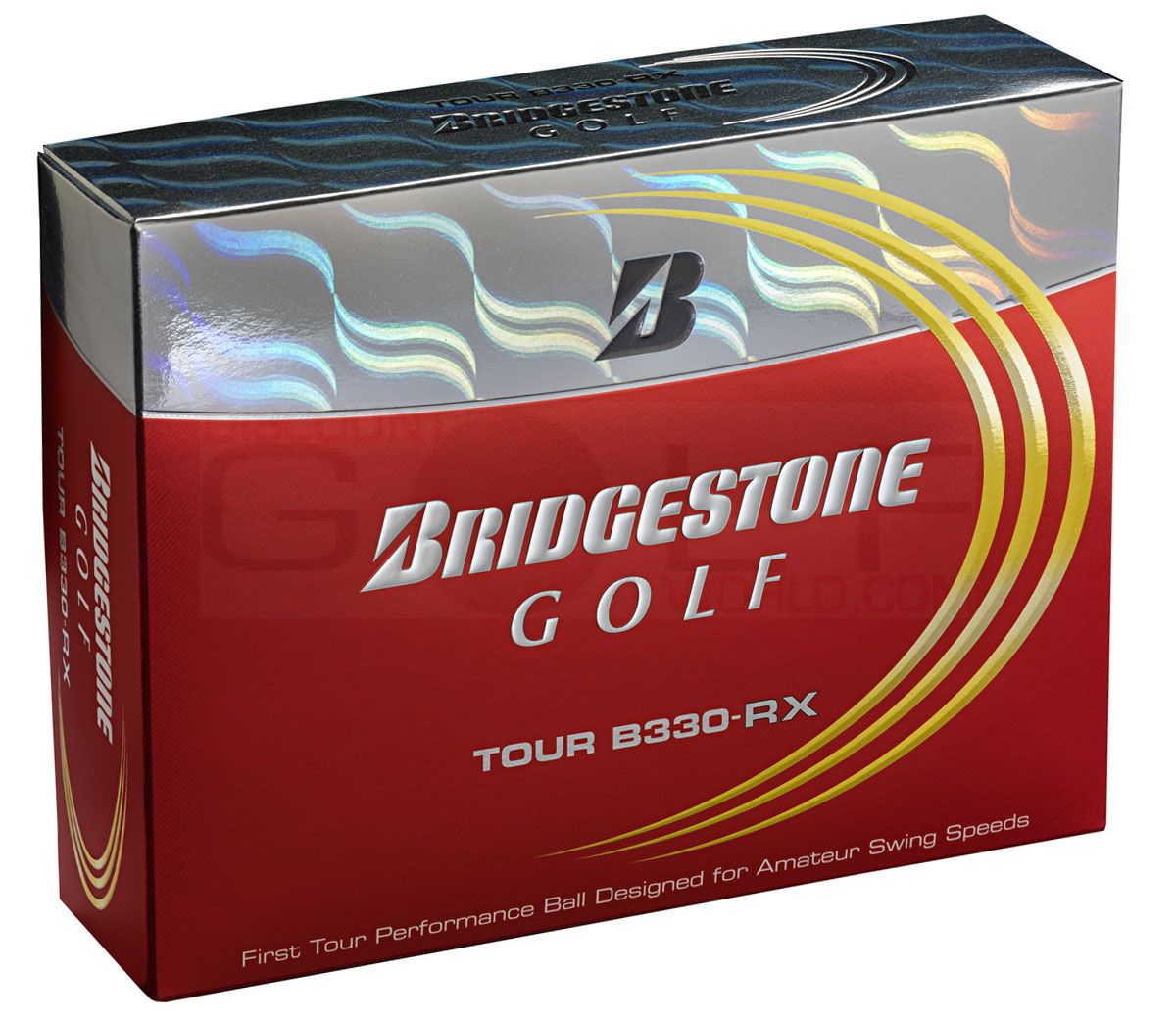
TOUR B330-RX Technology
Tour Performance optimized for amateur swing speeds under 105 mph with a preference for maximum TOUR DISTANCE.
The NEW Tour B330-RX offers a reformulated mantle layer and Dual Dimple Technology. The reformulated mantle reduces spin on full shots and promotes a higher launch, resulting in greater accuracy and distance. The Dual Dimple pattern offers superior aerodynamics and enhanced wind performance. The B330-RX continues to feature a soft core design that allows maximum compression for moderate swing speed players.
2012 Golf Digest Hot List Gold Medal Winner
Features
-The RX is designed for players who prefer maximum Tour distance & accuracy.
-Soft gradational compression core for longer and straighter distance.
-Reengineered mantle for reduced spin and greater accuracy.
-Tour proven Urethane cover for excellent greenside control
-330 dual dimple technology for a consistent flight
Optics
-Also available in Optic Yellow for enhanced visibility
Dual Dimple Technology
Based on the 2012 Golf Digest Hotlist:
Price: $43/dozen
Performance: 4.5 stars
Innovation: 5 stars
Feel: 4.5 stars
Demand: 3 stars
Tech Talk: As of this year, all four models use a dual-dimple design aimed at reducing drag at launch (for more speed) and increasing lift later in flight (for longer carry). The B330 and B330-S use a softer, thinner urethane cover to improve feel and distance; the RX models feature a softer ionomer blend in the mantle layer designed to reduce sidespin.
Verdict: Bridgestone still makes the best case for using non-tour-speed balls (not that its elite balls are slouches, though). Still, even our fastest swingers liked the feel of the RXS best.
- LIKE0
- LEGIT0
- WOW0
- LOL0
- IDHT0
- FLOP0
- OB0
- SHANK0
Whats in the Bag
Maverick McNealy WITB 2024 (July)

- Maverick McNealy WITB accurate as of the 3M Open. More photos from the event here.
Driver: TaylorMade Qi10 “Dot” (10.5 degrees)
Shaft: Graphite Design Tour AD XC 6 TX


3-wood: TaylorMade Stealth 2 (16.5 degrees)
Shaft: Fujikura Ventus Black 7 X
7-wood: TaylorMade Stealth 2 (21 degrees)
Shaft: Fujikura Ventus Red 8 X
Irons: TaylorMade “Proto” (4), TaylorMade P7TW (5-9)
Shafts: True Temper Dynamic Gold Tour Issue X100


Wedges: Titleist Vokey Design SM10 (46-10F, 50-08F, 54-08M), Vokey Design WedgeWorks (58-L @59)
Shafts: True Temper Dynamic Gold Tour Issue S400

Putters: Toulon Design Prototype

Ball: Titleist Pro V1x
Grips: Golf Pride MCC
Check out more in-hand photos of McNealy’s clubs here.
- LIKE1
- LEGIT0
- WOW0
- LOL0
- IDHT0
- FLOP0
- OB0
- SHANK0
Whats in the Bag
Sam Burns WITB 2024 (July)

- Sam Burns’ what’s in the bag accurate as of the 3M Open. More photos from the event here.
Driver: Callaway Paradym Triple Diamond S (9 degrees @10)
Shaft: Fujikura Ventus Blue 7 TX


3-wood: Callaway Paradym Ai Smoke Triple Diamond T (15 degrees @16)
Shaft: Mitsubishi Tensei 1K Black 75 TX

Hybrid: Callaway Apex UW (21 degrees)
Shaft: Fujikura Ventus Blue 8 X
Irons: Callaway Apex TCB ’24 (4-PW)
Shafts: Project X 6.5 (4-PW)

Wedges: Titleist Vokey Design SM10 (50-12F, 56-14F @55, 60-08M)
Shafts: True Temper Dynamic Gold S400 Tour Issue (56, 60)

Putter: Odyssey Ai-One #7SB

Grips: Golf Pride Tour Velvet Align
Ball: Callaway Chrome Tour X
Check out more in-hand photos of Sam Burns’ WITB in the forums.
- LIKE0
- LEGIT0
- WOW0
- LOL0
- IDHT0
- FLOP0
- OB0
- SHANK0
Equipment
Wesley Bryan on using 2 drivers last week and his “oopsie” hybrid

Editor’s note: This is an excerpt from an article our Andrew Tursky filed for PGATour.com’s Equipment Report. Head over to PGATour.com to read the full piece.
It’s been well-documented that Bryan uses two 4-irons in his golf bag – including a Takomo 101U Driving Iron, and a Titleist T200 – but that’s not the only notable oddity throughout his bag.
As Bryan revealed on Wednesday, he actually played in last week’s Barracuda Championship with two drivers: a Callaway Paradym Ai Smoke Triple Diamond Max, which has been his gamer throughout 2024, and a new Titleist GT2 driver. According to Bryan, the dual-driver setup allowed him to work the ball both ways off the tee more easily.
“One was a little more friendly to draw, and one was a little more friendly to fade,” Bryan said.

This week at the 3M Open, however, Bryan says he’s sticking with just one driver: the Paradym Ai Smoke Triple Diamond Max, which he enjoys for its forgiveness, especially on shots that he misses on the toe of the face.
“The reason I like this driver so much is… a lot of guys hit the ball in the middle of the club face; and, yes, that’s probably the way you’re supposed to hit driver. I try to utilize a lot of the face,” Bryan said jokingly. “You see…my tee marks go anywhere from (the center of the face) all the way to over here (on the toe of the face). So I like to utilize about an inch and a half of the club face here. The forgiveness on the toe of this driver is second to none, and again, I hit it pretty poor, as you guys know, off the tee most of the time, although it’s getting a lot better. This driver offers a lot of forgiveness.”
In addition to the driver movement at the top end of his setup, Bryan has also introduced a new Callaway Paradym Ai Smoke Max 3-wood into his lineup to match up with his driver.
“I had a (TaylorMade) Stealth 3-wood in there for a while, but I enjoyed the Ai Smoke driver so much that I got Johnny Thompson (a Callaway Tour rep) out here to build up a 3-wood as similar as possible,” Bryan explained. “This club was used just yesterday in a round to take some money off of Tom Whitney and Zach Johnson on the final hole. I drove it in the hazard, which is obviously not uncommon. Dropped it on a side hill in the rough from 265 yards, hit it to 10 feet… and made birdie the hard way. So this club, I’ve really been enjoying it; it’s been in the bag for about three weeks now.”
Bryan also uses a TaylorMade Stealth 2 hybrid, which interestingly ended up in his bag by accident last year.
“[My hybrid] was built just as a backup while I was waiting for my clubs to arrive [at the John Deere Classic last year], and I needed stuff I could go play the pro-am with, so this was just kind of an ‘oopsie’ hybrid… it turns out I love it. It’s been in the bag ever since.”
View this post on Instagram
Head over to PGATour.com to read the full piece.
- LIKE10
- LEGIT0
- WOW1
- LOL1
- IDHT0
- FLOP0
- OB0
- SHANK0
-

 Product Reviews2 weeks ago
Product Reviews2 weeks agoThree Swing Challenge: Testing the Edel Array F-2 putter
-

 Equipment2 weeks ago
Equipment2 weeks agoWhat clubs do equipment free agents choose to use on tour? We found out
-

 News3 weeks ago
News3 weeks agoHighlights from the Wilson Golf Product Testing and Fitting Experience at Pinehurst
-

 News3 weeks ago
News3 weeks agoDavis Thompson’s winning WITB: 2024 John Deere Classic
-

 19th Hole2 weeks ago
19th Hole2 weeks agoMajor champ ‘disappointed’ not to be chosen as U.S. Ryder Cup captain
-

 Whats in the Bag5 days ago
Whats in the Bag5 days agoXander Schauffele’s winning WITB: 2024 Open Championship
-

 19th Hole3 weeks ago
19th Hole3 weeks agoIan Poulter explains decision to skip Open Championship qualifying
-

 19th Hole3 weeks ago
19th Hole3 weeks agoLIV pro explains how he believes players are ‘cheating’ on DP World Tour

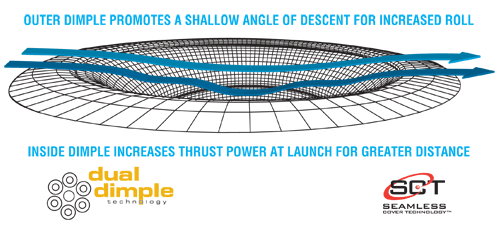


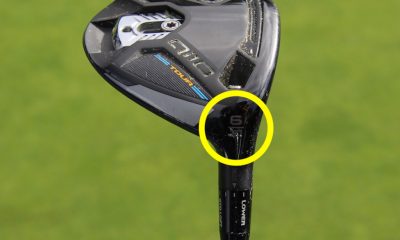

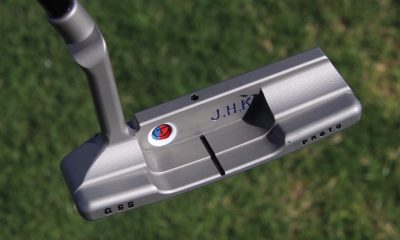



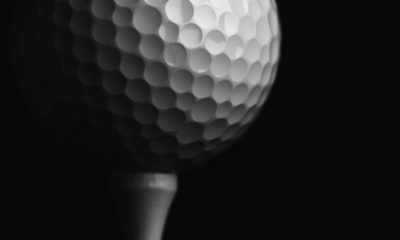

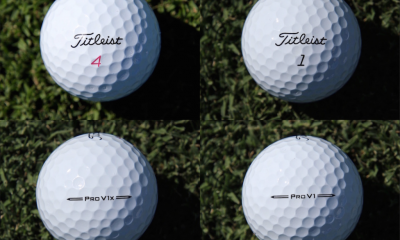

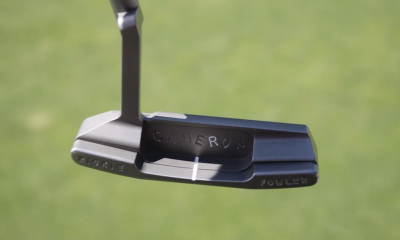

















Doug
Jul 18, 2012 at 2:15 am
I normally play Pro V1x balls. My 3 wood swing speed can reach 115 mph and my driver well over that. I found a new B330-RX ball and played 2 rounds with it. I am impressed. On approach shots, the ball backs up to it’s pitch mark, which is exactly what I want. My Pro V1s were spinning back 30 feet sometimes. Sidespin off the tee is much less with the B330-RX. The Pro V1x is longer off my driver, but not so with my 3 wood. I’ve hit multiple tee shots 290 to 300 with my 3 wood and the B330-RX. It also feels very soft around the greens and runs out like a Pro V1x on chips for me. I’m seriously considering using a B330-RX at the next NGA event I play.
tlovell
Jul 5, 2012 at 11:22 am
The RXS ball plays very similarily to the Srixon Z star except spin on shots played around the green. The RXS has less than a Z star, but I rarely need that much spin honestly. The RXS is the softest feeling “hard” ball I have ever played – very similar to the old balatas.
USARSASA
Jun 21, 2012 at 2:58 am
Personally, I was very disappointed in the B330-RSX’s spin on the greens. I play a course that has greens called tift-angel or something like that, and they simply did not hold the greens as well as the Titleist Pro-series, the Taylor Pentas, or the old Callaway Tour-56 balls that I still carry and play. Even the Top Flite Gamer holds these greens better than the B330-RSX. Why should I pay a premium price for these when a really inexpensive ball such as the Gamer performs better?
Pingback: Bridgestone B330RX and B330RXS Balls | Augusta Blog